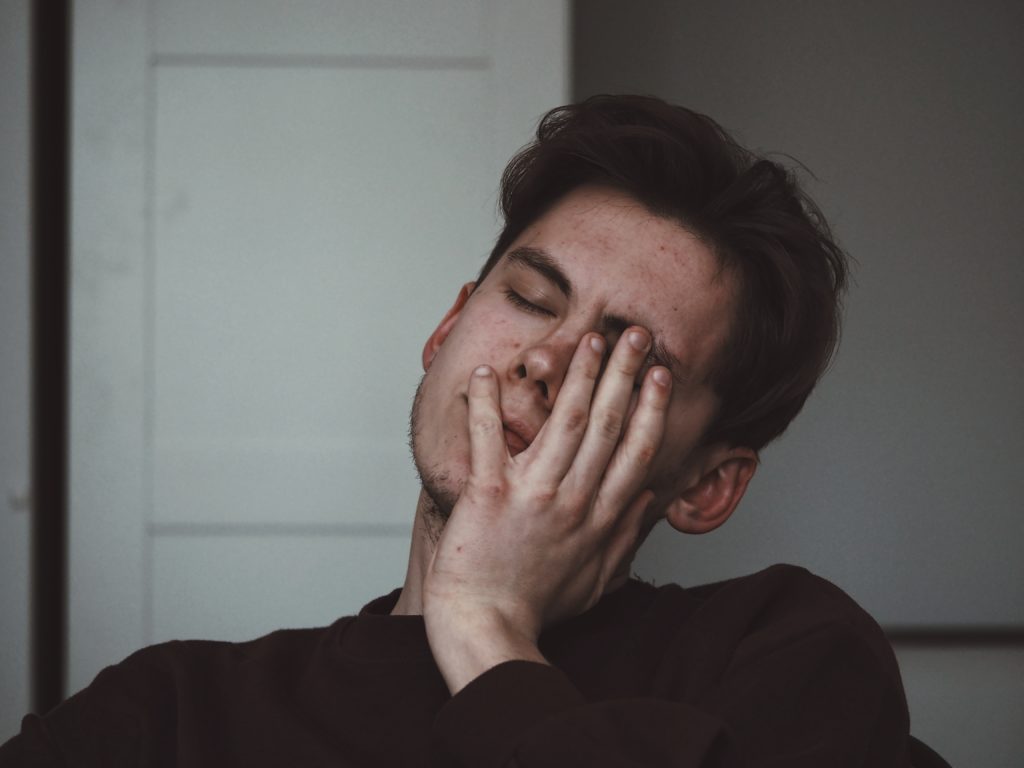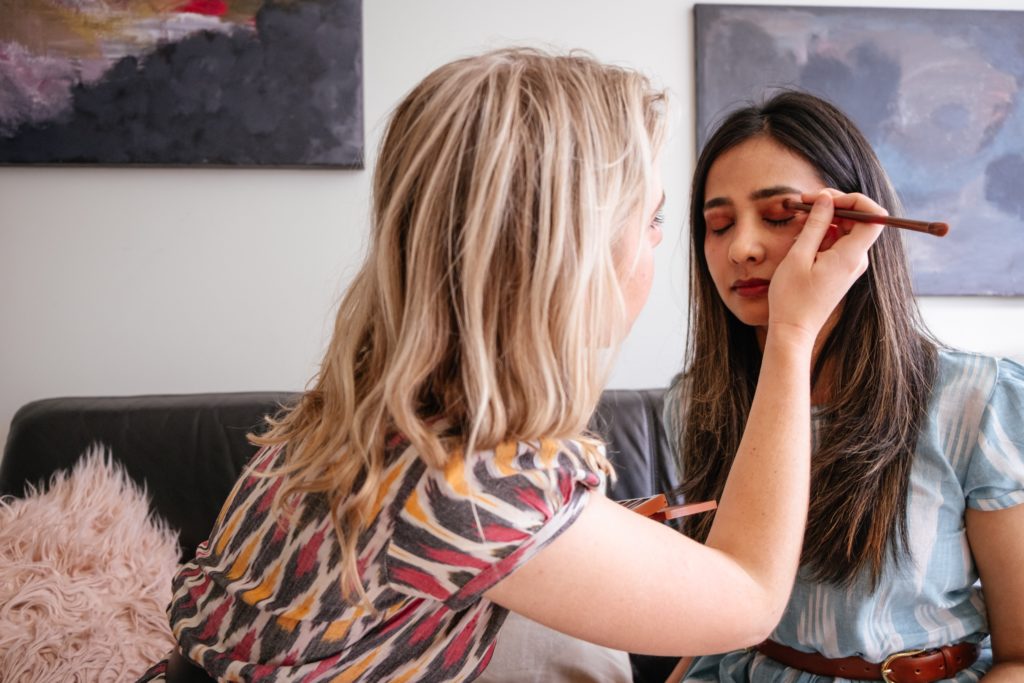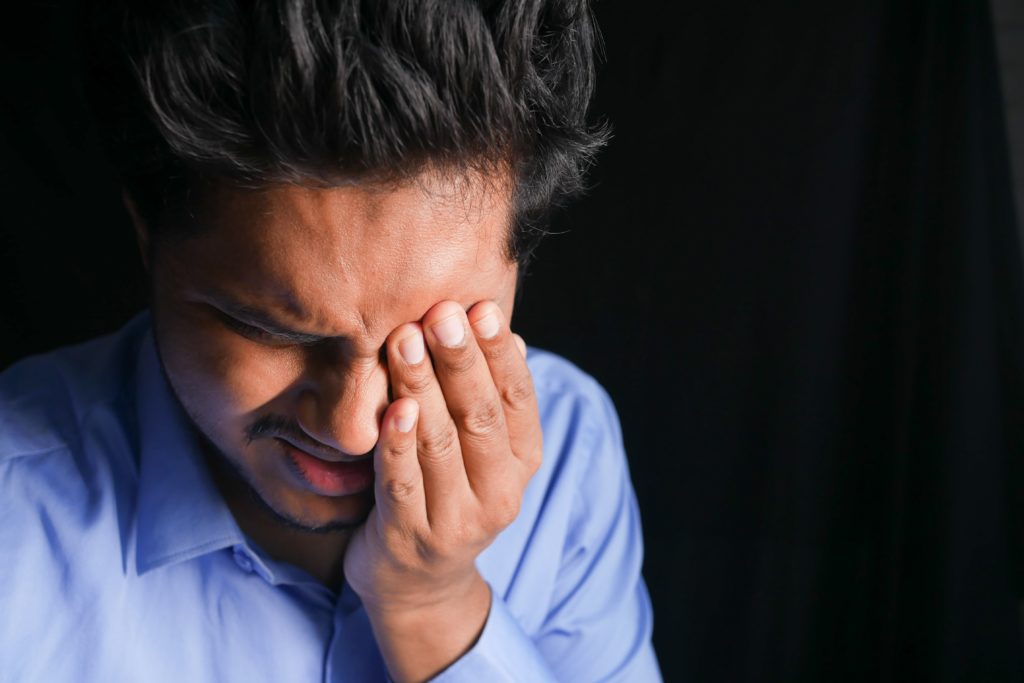Styes are a common problem that can affect anyone, regardless of age or gender. They are caused by a bacterial infection and typically result in a red, swollen bump on the eyelid. While styes can often be treated with over-the-counter medication, there are also a number of home remedies that can provide relief. In this blog post, we will discuss 10 home remedies for styes that you can try at home!
Styes are a type of bacterial infection that affects the eyelid. They typically appear as a red, swollen bump on the eyelid and can be quite painful. Styes are most commonly caused by Staphylococcus bacteria, but they can also be caused by other types of bacteria.
There are several things that can cause styes, including:

There are several home remedies that you can try if you have a stye. Some of the most popular home remedies include:
One of the most efficient ways of dealing with a stye is to apply a warm compress to the affected area. This will help to reduce the swelling and pain associated with the stye.
Washing the affected area with soap and water can also help to reduce the swelling and pain associated with a stye. Be sure to use a mild soap and avoid scrubbing the area too hard.
If you have baby shampoo, you can use it to wash the affected area. Baby shampoo is gentle and will not irritate the skin like some other types of soap.
If you have a stye, it is important to avoid wearing makeup. Don’t wear eye makeup over the affected eye. Makeup can irritate the affected area and make the stye worse. If you must wear makeup, be sure to use a clean brush or applicator.

If you wear contact lenses, you should avoid wearing them while you have a stye. Contact lenses can irritate the affected area and make the stye worse. If you must wear contact lenses, be sure to clean them thoroughly before putting them in.
If you have an antibiotic ointment, you can apply it to the affected area. This will help to kill the bacteria that is causing the stye.
Massaging the affected area can also help to reduce the swelling and pain associated with a stye.
Aloe vera has anti-inflammatory properties that can help to reduce the swelling associated with a stye. You can apply aloe vera to the affected area several times a day.
Tea contains tannic acid, which can help to reduce swelling and inflammation and speed up the healing process. To use this remedy, simply steep a tea bag in hot water for a few minutes and then apply it to the affected area.
The tea contains tannins which have astringent properties that can help to reduce the swelling and pain associated with a stye. Simply place a separate tea bag on the affected area for 15 minutes, then remove it and wash the area with soap and water.
If the pain associated with a stye is severe, you can take over-the-counter painkillers such as ibuprofen or acetaminophen until your stye heals.
These are just a few of the home remedies that you can try if you have a stye. If you are experiencing severe pain or your stye is not improving, be sure to see your doctor. They can prescribe medication that will help to clear up the infection.

In most cases, styes will go away on their own within a few days. However, there are some cases where a stye may require medical treatment. You should see an eye doctor if:
Styes can often be treated at home with simple home remedies. However, in some cases, it may be necessary to see a doctor. If you are experiencing severe pain or your stye is not improving, be sure to see your doctor. They can prescribe medication that will help to clear up the infection.
If home remedies don’t improve the stye or it becomes more painful, you may need medical treatment. Your doctor can prescribe antibiotics in the form of pills, ointments, or drops. They can also drain the stye if it is large and painful.
Surgery is only necessary in rare cases where the stye does not respond to other treatments.
Styes can be painful and frustrating, but there are many things that you can do to treat them at home. If home remedies don’t improve the stye or it becomes more painful, you may need medical treatment. Apply ointment or a warm compress to the affected area several times a day and resist the urge to pop or pick at the stye. If you have any concerns, be sure to see your doctor. They can prescribe medication or perform surgery if necessary.
Articles You Might Enjoy Reading